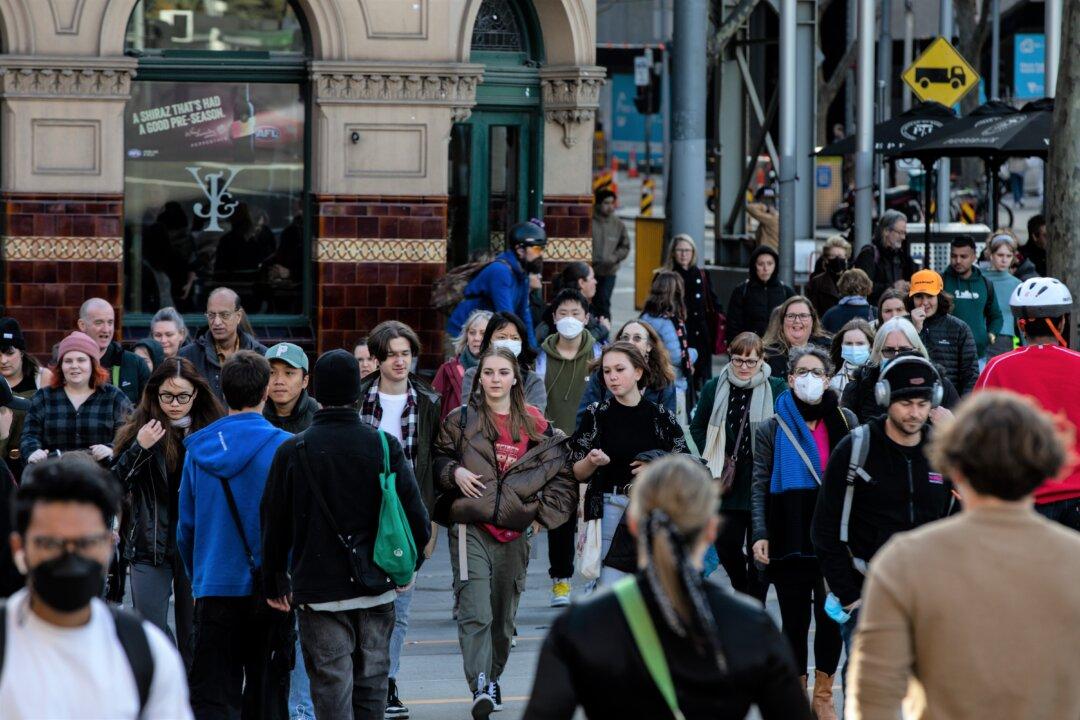Australia’s population is going through a generational shift, with the baby boomers no longer being the largest demographic in Australia as the cohort continues to shrink while the millennials expand through migration.
According to the 2021 census, baby boomers and millennials now each has over 5.4 million Australians, or 21.5 percent, tieing first as the largest generational group. In the 1966 census, baby boomers made up almost 40 percent of the total Australian population.





